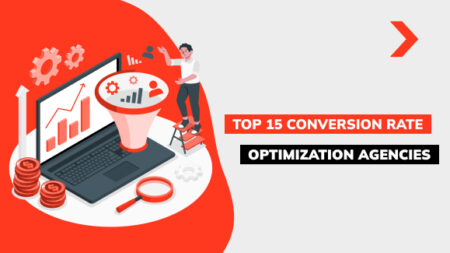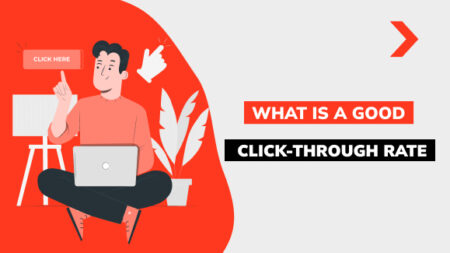How to Optimize Product Pages for SEO
Using a website for business, every owner aims not only to achieve a large amount of organic traffic but also to improve visibility, ranking in the top search results for key phrases, and other forms of success. This is a complex process that should include various marketing actions related to implementing ecommerce SEO, keyword research, and comprehensive promotion in search engines like Google and other online systems. Promoting an item page is typically a long-term project, based on a sound strategy that includes analytics, creating meta descriptions, and much more.

What Is Product Page SEO?
The enhancement of any product page is primarily a strategic process that allows for improving various elements on the website — Uniform Resource Locator, alt text, title tag, and many others. This is done to optimize product pages for search bots algorithms and to enhance the user experience. Essentially, the potential client will land on the item page and find exactly the product they are looking for, or even more. This SEO strategy is considered more relevant and successful than just selecting and inserting individual key phrases. In other words, changing the product description, improving the category page, site structure, and other elements in an ecommerce store helps attract organic traffic and increase the likelihood of a purchase.
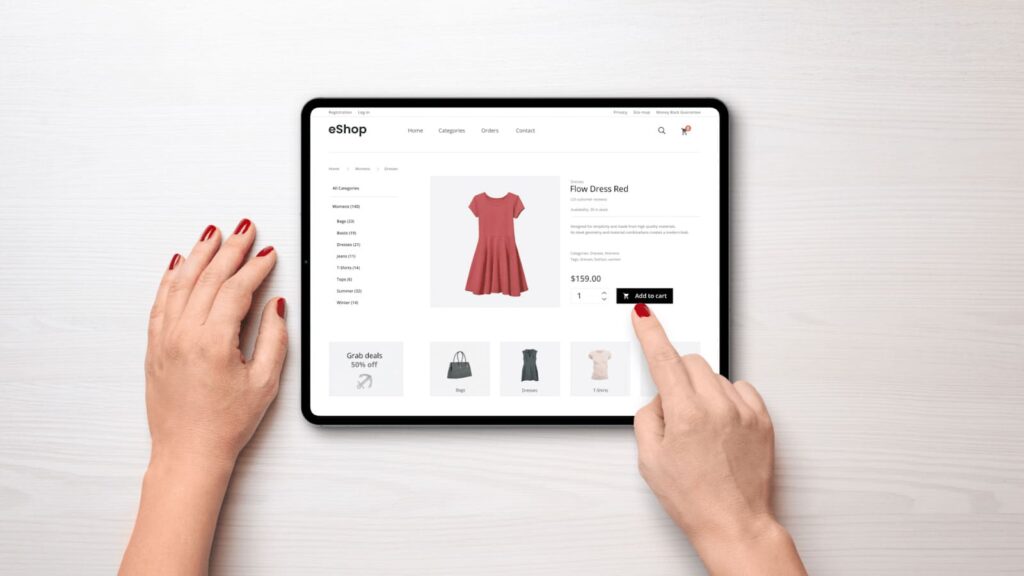
Role of SEO in Ecommerce
Professional SEO plays a key role in ecommerce businesses as it allows for organically attracting customers through search engines like Google and other online systems. Website enhancement helps improve rankings in search engine results, reduces reliance on advertising, and builds consumer trust through relevant content and user-friendliness.
Why Optimizing Product Pages Matters
Optimizing each item page is critical for increasing conversions. Proper site structure, each key phrase, and informative posts and descriptions help internet users quickly find the necessary information and make a purchase decision. Naturally, it is thanks to quality, attractive, valuable, and informative content that all of this happens. This reduces bounce rates and improves the user experience of any eсommerce site.
Key Elements of a Well-Optimized Product Page
Important elements include things like the title tag with the key phrase for each item page, unique descriptions, the quality of each product image, customer reviews, structured data, fast loading times, internal links, and more. All of this not only improves the user-friendliness of the business website for every internet user but also significantly enhances how online systems perceive the product page, contributing to excellent sales growth.
URL Structure
A clean and clear Uniform Resource Locator structure is important for SEO. It should include key phrases that reflect the content of the webpage. Additionally, unnecessary symbols and long strings should be avoided. A well-thought-out URL helps both the internet user and the search platform quickly understand what the page is about. This improves rankings and click-through rates.
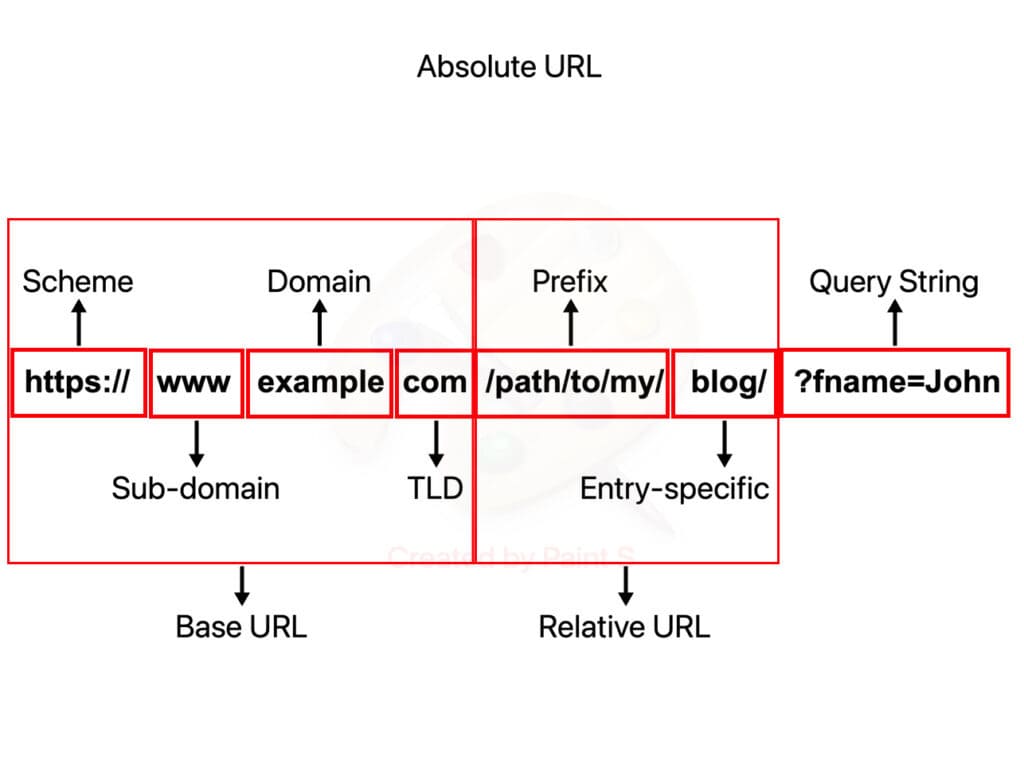
Page Content
Valuable, high-quality, informative, and well-written content is the foundation of the SEO performance of any item page. Unique descriptions, useful alt text, key keywords, well-organized category pages, and logical site structure help increase engagement with potential clients. Never copy text materials, articles, descriptions, category page names, or posts from competitors — originality, uniqueness, and relevancy are valued by both visitors and search bots.
Meta Description & Title Tags
The title tag and meta description are the first things a user sees when searching for something on a search platform. They should reflect the essence of the webpage, contain key phrases, and motivate the user to click. Well-written title and meta description significantly increase CTR and enhance the product’s visibility among competitors.

Keyword Research
Every SEO expert constantly needs up-to-date phrases, quotes, expressions, and other short or long sentence structures. These elements are essential for creating highly relevant content for product pages tailored to the target audience. With the help of these textual components, businesses can effectively promote their products or services. Keyword research is primarily a large-scale task that determines the next steps in the enhancement process. To simplify the job, professionals rely on high-quality product page SEO.
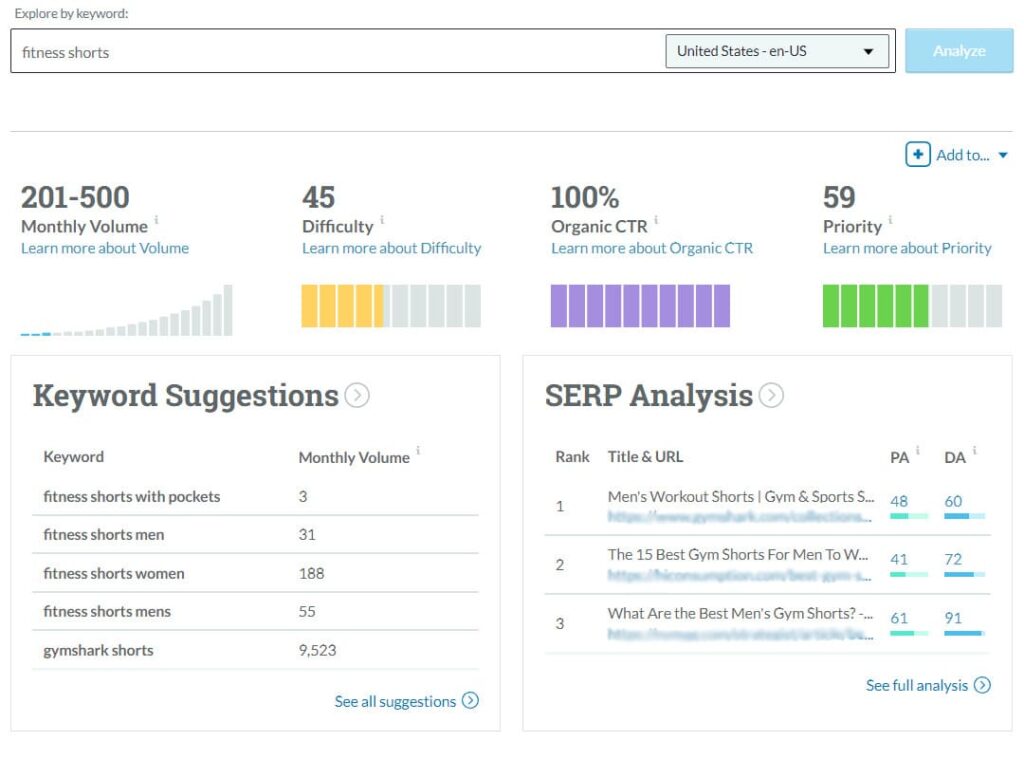
Finding the Right Keywords
Choosing the right phrases, expressions, quotes, etc., is the foundation of effective and successful eсommerce SEO. It’s crucial to apply this knowledge in practice when promoting any business project. You need to consider the target audience’s search queries, their frequency, and competition levels. Good key queries accurately describe the product, align with user intent, and improve the visibility of the item page in search search engine results.
Short-Tail vs. Long-Tail Keywords
Short-tail words cover broad topics, have high competition, and are often used in general searches. Long-tail words are more specific and are typically searched by users who are already ready to make a purchase. Using a mix of both types increases the chances of attracting relevant traffic.
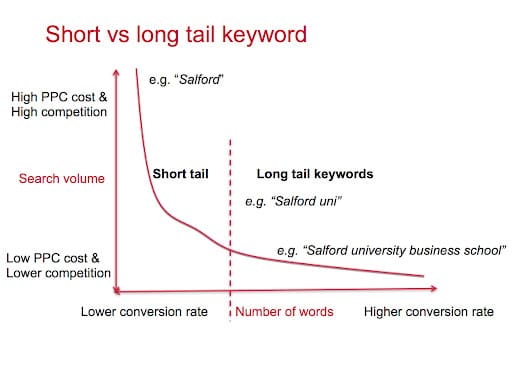
Using Keyword Research Tools
Keyword research tools such as Google Phrase Planner, Ahrefs, or SEMrush help identify popular words, assess competition, and estimate potential traffic. They simplify analysis and allow you to build an SEO strategy based on real data rather than random guesses.
Where to Use Keywords on a Product Page
Placing key phrases in the right spots on an item page is key to successful product page SEO. Key phrases should appear in titles, descriptions, various tags, and even in image attributes. This helps search functionality and web crawlers understand the page content and increases the chances of ranking high in search engine results.
Product Name & Titles
The product name and titles are the first things both users and search functionality see. Including key phrases in these elements improves the page’s click-through rate and relevance. Titles need to be informative, concise, and accurately describe the product or service while incorporating relevant phrases.
Product Descriptions
A service or item description should not only be clear and useful, but it should also be properly optimized right from the start. It’s best to incorporate key phrases naturally into the content without overloading the text. This enhances readability, builds buyer trust, and contributes to better search service rankings.
Meta Description & URL
The meta description is a short snippet displayed in search engine results under the page title. It’s important to include key phrases to increase relevance and capture users’ attention. A good description should be informative, valuable, well-written, include a call to action, and typically not exceed 160 characters.
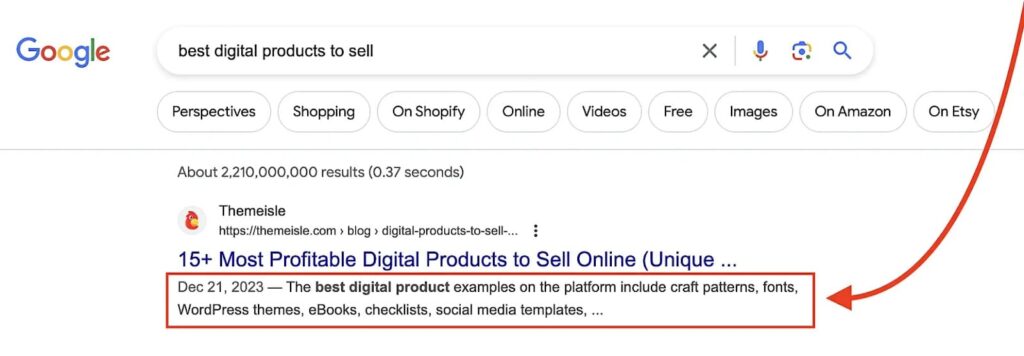
On-Page Optimization
On-page SEO improvements involve the modernization and enhancement of all elements on a business website that affect its рerceptibility on search platforms. This includes content, meta tags, page structure, and internal links. Proper enhancement through professional SEO helps increase the site’s relevance and improve the user experience.
Optimizing Product Page Content
The content on each item page should be not unique but also useful for internet users. This is key to achieving high conversion rates and good indexing of the business website. Professional enhancement includes the correct use of key phrases, informative headings and subheadings, detailed descriptions, and visual elements that enhance perception.
Writing Engaging Product Descriptions
Product descriptions must be appealing, informative, and persuasive. It is best to use lively language, focus on benefits, and address customers’ problems. A unique style and emotional tone can help the business stand out from competitors and significantly boost sales. And this is exactly what every modern business strives for.
Using High-Quality Images and Alt Text
High-quality, large-format, and clear images increase trust in the product and improve the visual perception of eCommerce product pages. It’s important not to forget about alt text — it’s essential for professional SEO and accessibility. Alt tags should be informative and describe the photo, image, or illustration, including key phrases where appropriate.
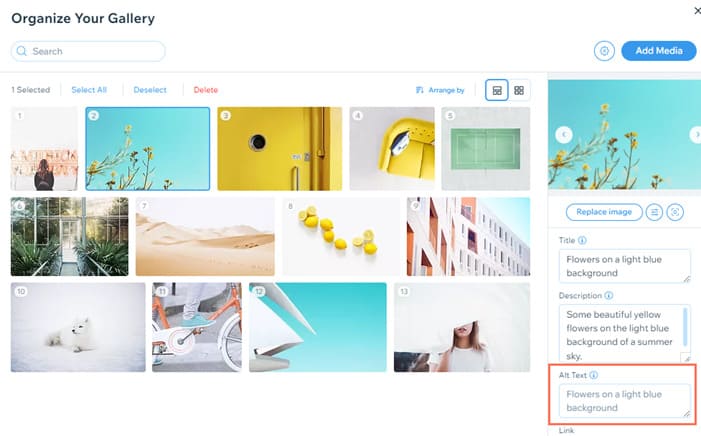
Structured Data and Schema Markup
Exactly structured data and schema markup help search platforms better and more quickly understand the content of all website pages. They enhance the business site’s appearance in search engine results through rich snippets, which increase the click-through rate (CTR). Using schemas boosts trust and more noticeable of the business website in the online space.
What Is Structured Data?
All structured data is a special format that allows modern search platforms to accurately interpret the information on a business website. It helps specify content types such as products, customer reviews, events, and more. This improves both ranking and the appearance of the site in search platform results.
Implementing Schema Markup
Implementing schema markup starts with selecting the appropriate outline type and correctly marking up the HTML. JSON-LD or Microdata should be used to describe elements of the web page. It is also important to validate all information using Google tools to ensure the markup is accurate and effective.
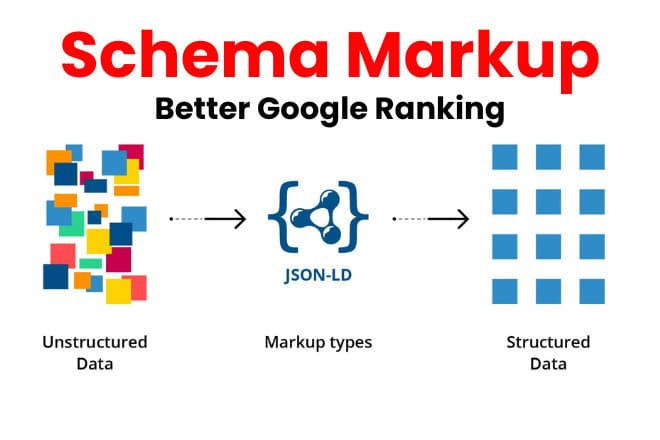
Internal Linking Strategies
Only a well-structured, carefully thought-out internal link strategy helps distribute link equity across the business website and guide users to important pages. An effective strategy includes using relevant anchor texts, a logical internal link structure, and working with the site’s hierarchy. This improves SEO and helps retain the audience more effectively.
Technical SEO
High-quality technical SEO covers all aspects of website improvement that affect its indexability and performance but are not directly related to content. It serves as the foundation for successful promotion, including proper website architecture, fast page loading, mobile enhancement, and the elimination of technical errors that prevent search solutions and online crawlers from efficiently scanning the site.
Optimizing URL Structure
To make web pages as clear as possible for both internet users and search engines, it’s important to optimize the Uniform Resource Locator structure. A simple, logical, and short URL containing carefully selected phrases increases click-through rates and improves search rankings. Additionally, to optimize product pages through the implementation of a proper structure and easier website navigation contributes to a better organization of the site’s hierarchy.
Page Speed and Mobile Optimization
Exactly page load speed and mobile optimization directly affect customer experience and the business website’s ranking in search online results. A fast-loading site retains visitor attention, reduces bounce rates, and drives higher conversions. Responsive design and proper display on all types of devices have become essential standards in modern web development.
Handling Duplicate Content Issues
Duplicate content can negatively impact SEO by confusing search platforms and reducing the more noticeable web pages in targeted search online results. Effective management of such issues includes using canonical tags, proper redirects, and addressing technical causes of duplication. This helps maintain content uniqueness and improves the business website’s rankings.
Optimizing Images
To positively impact the business website’s loading speed, it’s necessary to optimize its images. This is a crucial aspect of technical improvement that cannot be overlooked. Compressing files without quality loss, using proper formats, descriptive alt tags, and adjusting image sizes for various devices enhance website performance and significantly improve customer experience.

Enhancing Ecommerce Product Page SEO with User-Generated Content
User-generated content (UGC) plays a crucial role in boosting the SEO of ecommerce services and product pages. By incorporating authentic reviews from real customers, ratings, photos, and Q&A sections, companies, and brands can expand their keyword and phrase diversity, reduce bounce rates, and improve user engagement. This type of content adds new value to web pages, strengthens trust among potential buyers, and signals relevance and authority to search engines.
The Power of Customer Reviews
Genuine reviews from real customers not only influence purchasing decisions — they also enrich service and product pages with natural, long-tail, and relevant phrases. Regularly updated reviews signal freshness to search engines, while diverse content helps improve more noticeably across a wider range of search queries. Reviews also build trust and drive conversions, making them a powerful tool for both SEO and sales.
Leveraging FAQs and Q&A Sections
Essential FAQ and Q&A sections offer a strategic opportunity to directly target specific key queries. By addressing common issues and questions related to services, goods, or products, these sections enhance relevance and phrase usage while improving the overall customer experience. They also help reduce purchase barriers, increase time spent on the page, and provide structured data content that search solutions can easily crawl and index.
Testing and Measuring Product Page Performance
Today, the effectiveness of product or service pages directly impacts conversions and overall business profitability. Regular testing and analysis help identify weak points, improve the customer experience, and boost online sales performance. It’s important to evaluate both behavioral metrics and SEO indicators to achieve maximum return and outstanding results.
How to Test Your Product Pages
High-quality testing of product or service pages starts with setting goals and selecting metrics — whether it’s conversion rate, time on page, or scroll depth. Experts should use modern analytics tools, heatmaps, and A/B testing to understand which elements perform better and make informed decisions based on all collected data.
A/B Testing Different Elements
Split testing allows for comparing completely different versions of headlines, videos, images, descriptions, and buttons on service or product web pages. This helps determine which changes positively affect user behavior. This approach enables page optimization without drastic redesigns.
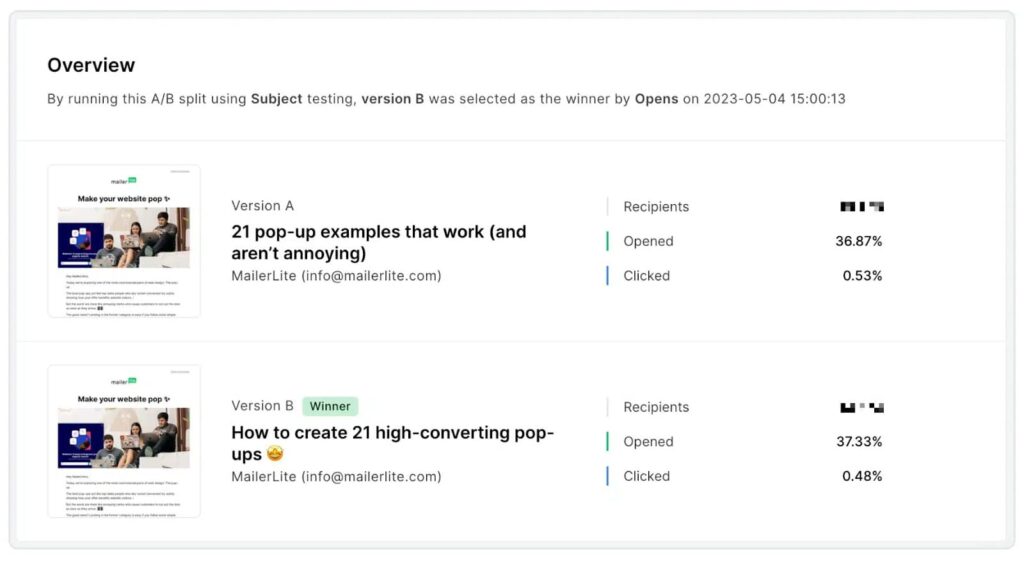
Tracking User Behavior with Analytics
Comprehensive data collection and analysis of user behavior provide insights into how customers interact with service or product web pages. Properly conducted analytics allow you to track visitor journeys, identify drop-off points, and find areas for improvement. It’s a crucial tool for making informed decisions that can lead to success.
Monitoring SEO Performance
Professional monitoring of SEO metrics helps assess how effectively different product pages are ranking in search service results. Analyzing visibility, traffic, and target user behavior allows for timely adjustments to your promotion strategy, helping to improve rankings and рerceptibility in search results.
Using SEO Tools for Tracking Rankings
Marketing tools for SEO analysis such as Ahrefs, SEMrush, or Google Search Console — allow you to monitor keyword rankings, track page performance, and analyze competitors operating in the same niche or industry. This simplifies the management of SEO campaign effectiveness and helps respond more quickly to changes during project execution.
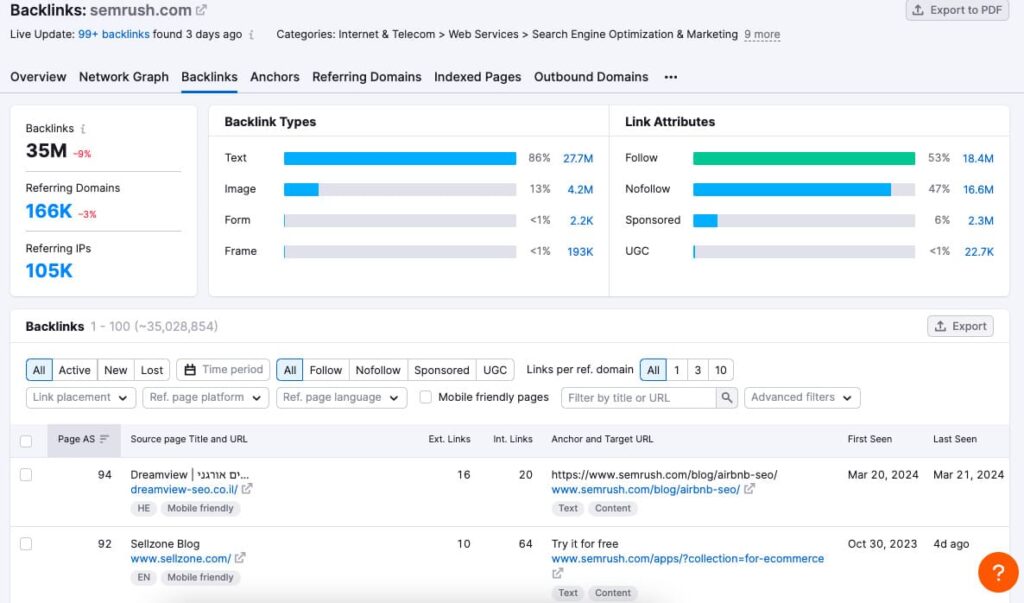
Adjusting Your SEO Strategy Based on Data
Any data from analytics systems and SEO tools serve as a foundation for refining your business promotion strategy. Based on these valuable insights, you can increase focus on high-performing phrases, completely restructure your content, or optimize meta tags that need improvement. This enables steady growth in organic traffic.
FAQ
Is SEO important for ecommerce?
Yes, SEO is very important for ecommerce because most modern consumers shop online. Without proper optimization and clear marketing strategies for search platforms, an ecommerce website can easily get lost among the search results. SEO helps attract traffic, improve detectability, and reach potential customers.
How do you enhance product page content for SEO?
To optimize product pages or service pages for SEO, it’s essential to integrate relevant keywords into key elements such as the product title, description, and meta tags. It’s important to use high-quality visuals and create unique, compelling product descriptions that not only include target phrases but also highlight the benefits and features of the product. Don’t forget to ensure your website is mobile-friendly.
How much does it cost to do SEO?
When it comes to pricing, the cost of SEO can vary greatly depending on several factors such as the size of the business, the competitiveness of the industry, and the required SEO services. On average, it all depends on the complexity and scope of the business project that needs to be promoted. SEO is a long-term investment, which is an important point to keep in mind.
How to do ecommerce SEO?
Professional SEO for businesses and brands involves several key strategies. These include keyword research, high-quality visuals and interactive elements, images, backlinks, and more. All of this helps boost authority and achieve top success.


